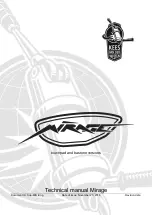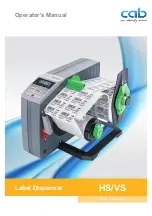Summary of Contents for Innov-is 1000
Page 15: ...14 ...
Page 47: ...GETTING READY 46 ...
Page 129: ...128 UTILITY STITCHES ...
Page 180: ...Index 179 5 ...
Page 181: ...English 882 U10 XD0486 051 Printed in Taiwan ...
Page 15: ...14 ...
Page 47: ...GETTING READY 46 ...
Page 129: ...128 UTILITY STITCHES ...
Page 180: ...Index 179 5 ...
Page 181: ...English 882 U10 XD0486 051 Printed in Taiwan ...

















